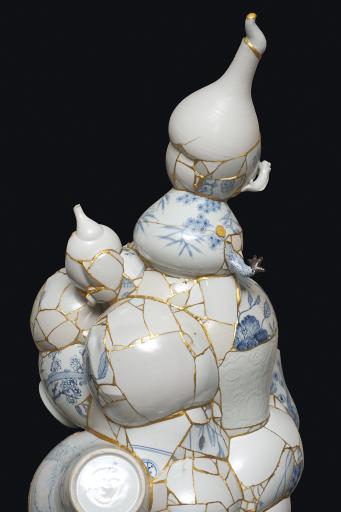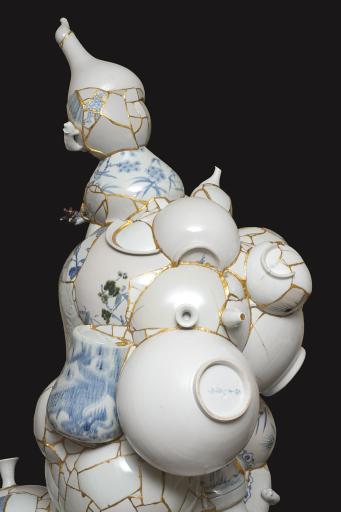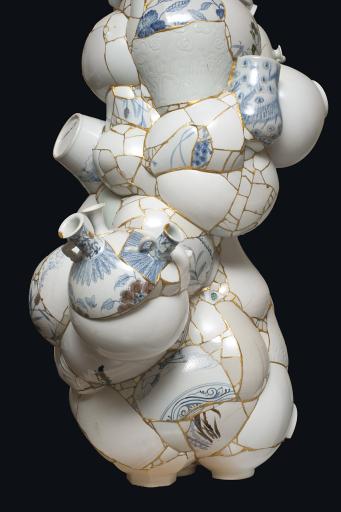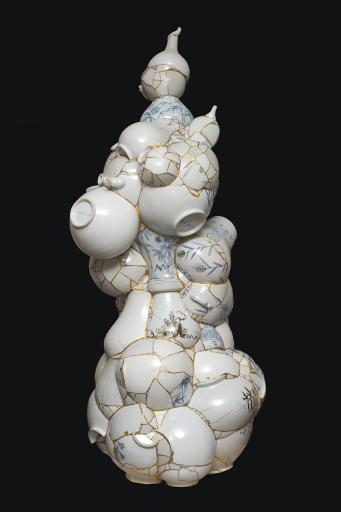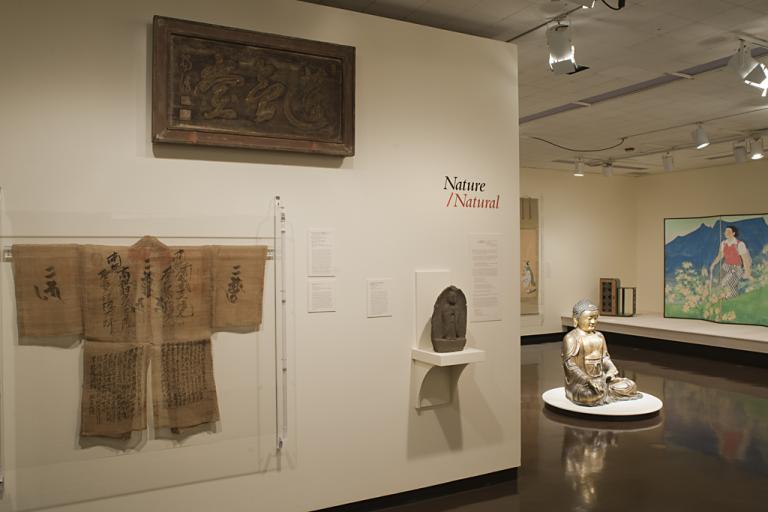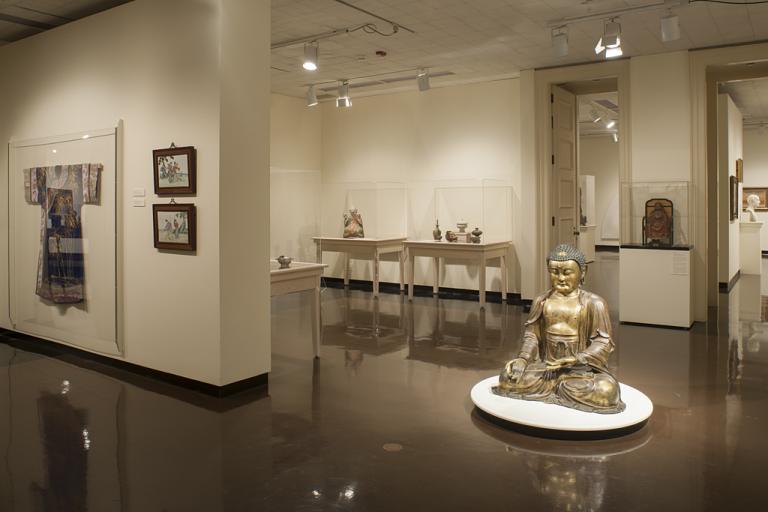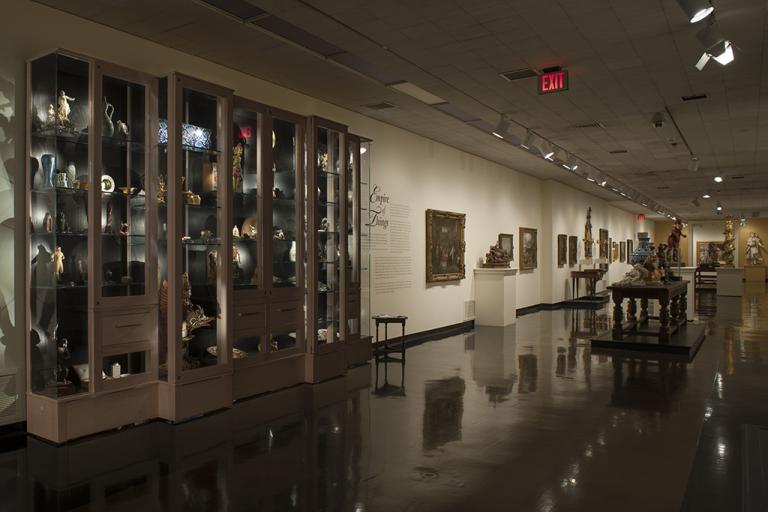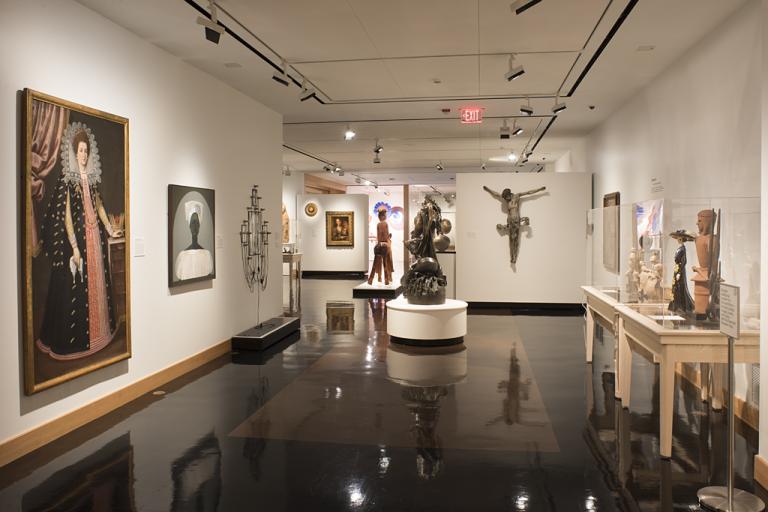Translated Vase, Yeesookyung
Artwork Overview
Yeesookyung, artist
born 1963
Translated Vase,
2009
Where object was made: Seoul, South Korea
Material/technique: ceramic shards; twenty-four-carat gold leaf; twenty-four-carat gold powder; epoxy
Dimensions:
Object Height/Width/Depth (Height x Width x Depth): 170 x 80 x 85 cm
Object Height/Width/Depth (Height x Width x Depth): 66 15/16 x 31 1/2 x 33 7/16 in
Object Height/Width/Depth (Height x Width x Depth): 170 x 80 x 85 cm
Object Height/Width/Depth (Height x Width x Depth): 66 15/16 x 31 1/2 x 33 7/16 in
Credit line: Museum purchase: Helen Foresman Spencer Art Acquisition Fund
Accession number: 2012.0033
On display: Loo Gallery
If you wish to reproduce this image, please submit an image request


